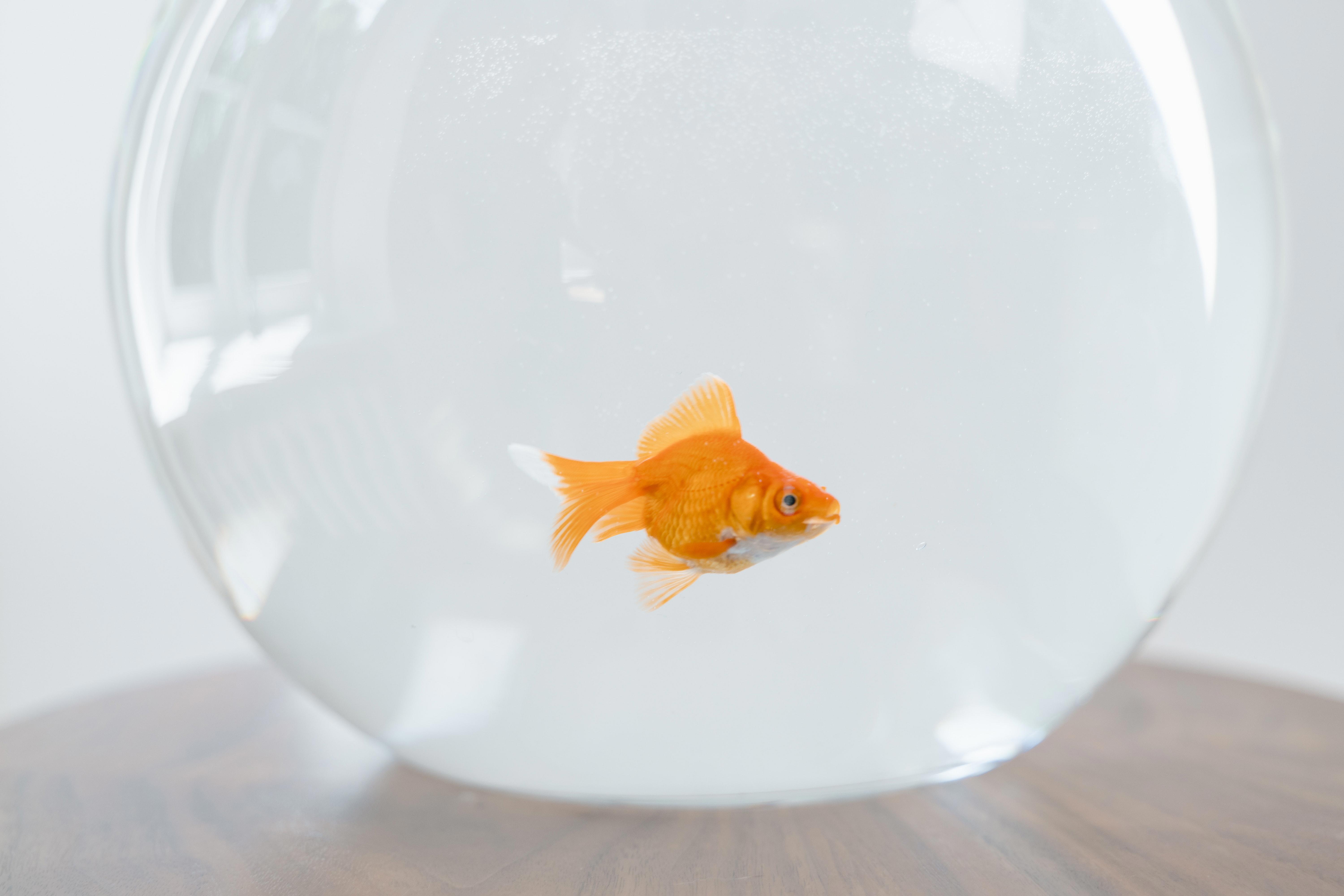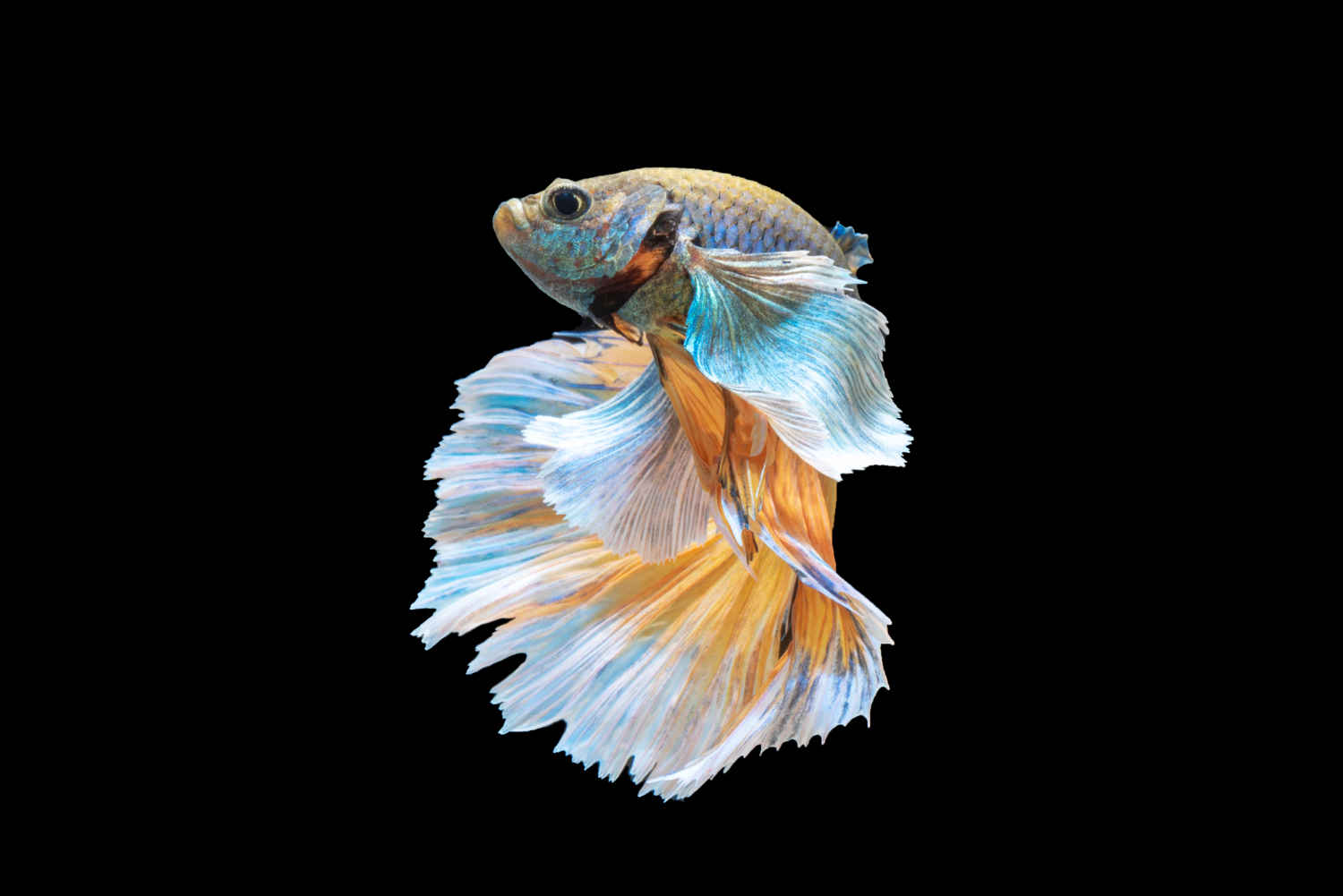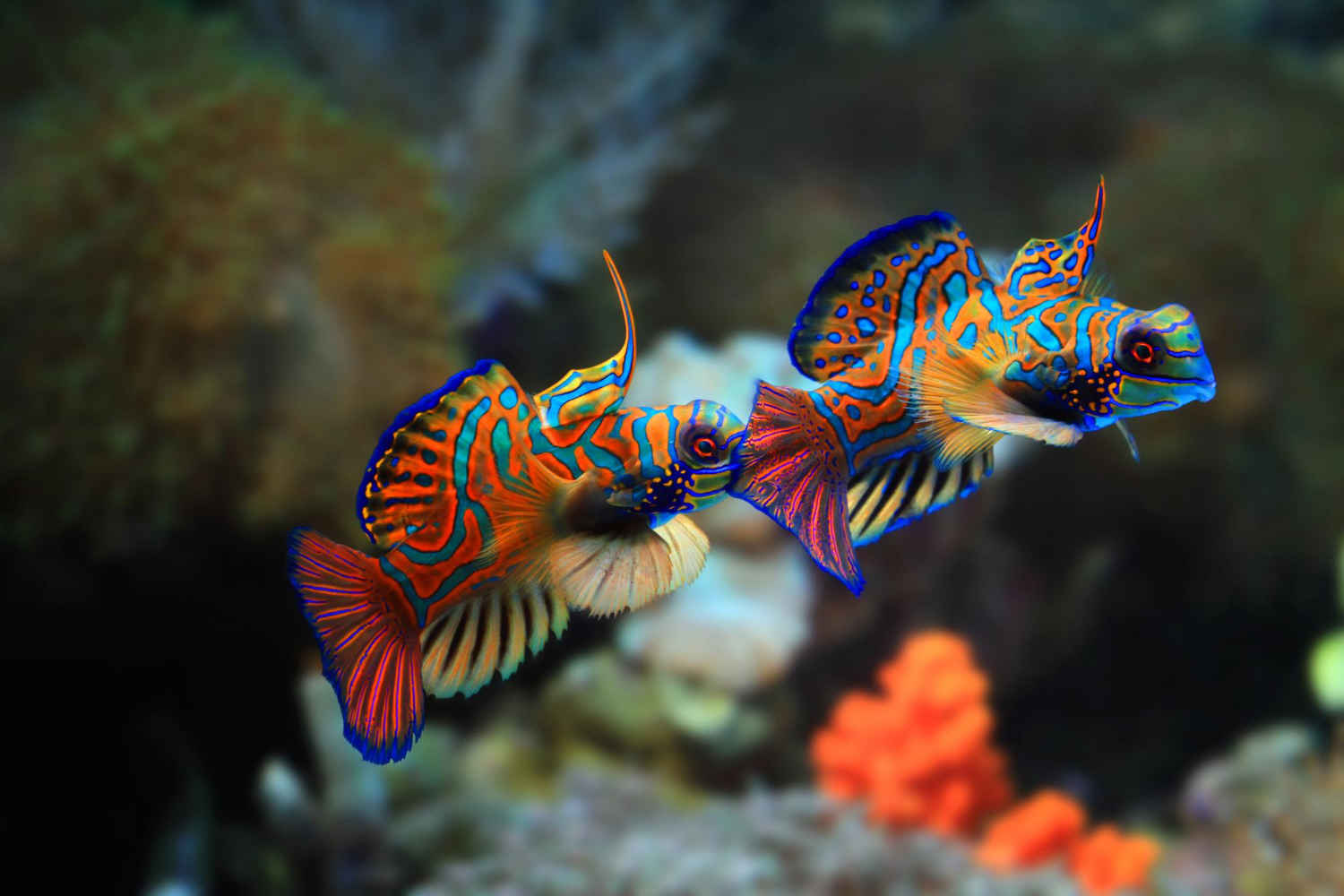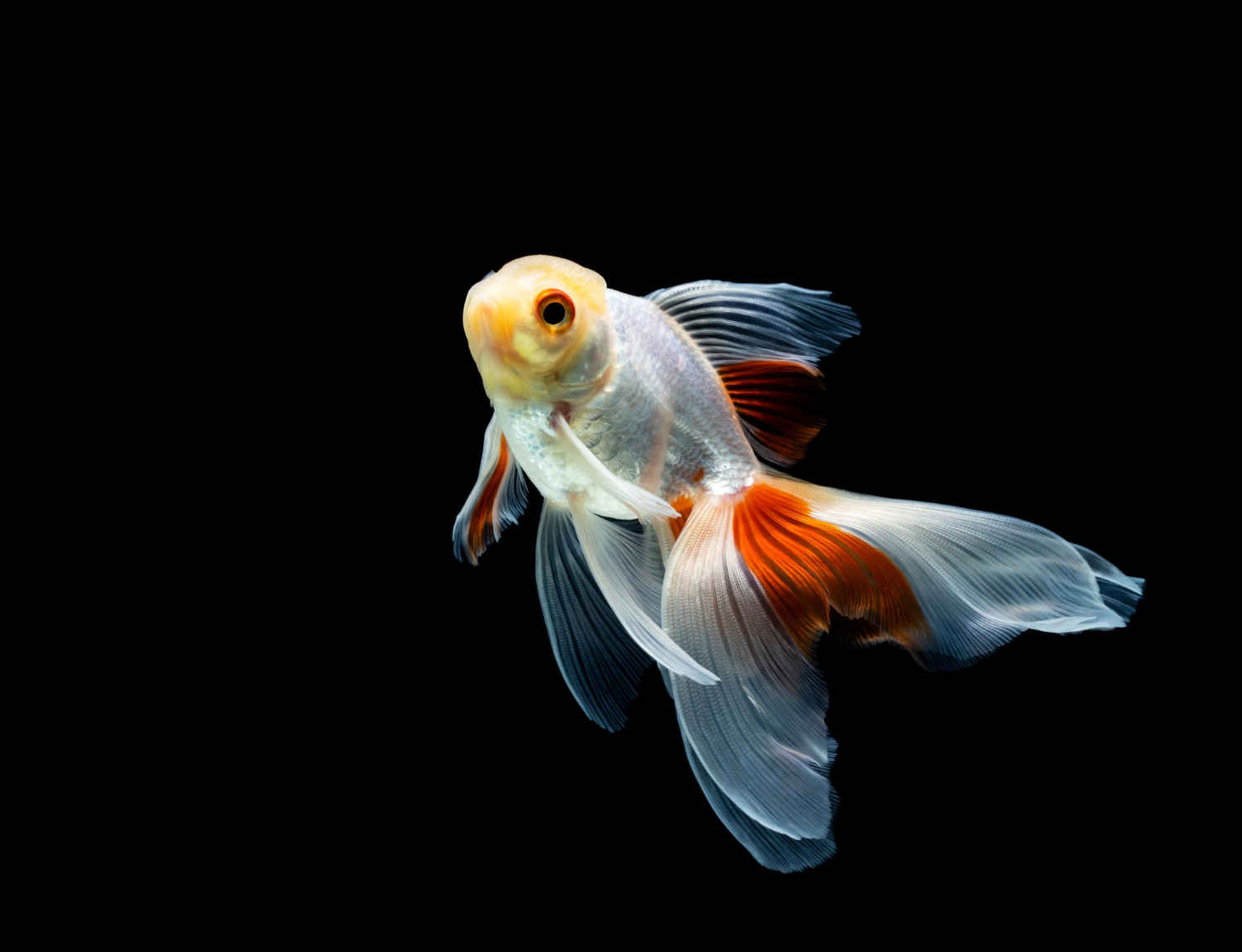Feeding your fish is an essential part of maintaining a healthy and thriving aquarium. However, overfeeding and improper feeding techniques can lead to unnecessary food waste, which can harm the quality of your tank water and even endanger your aquatic pets. Fortunately, there are several feeding techniques you can implement to minimize food waste and maximize feeding efficiency. In this blog post, we will explore some of the best methods to reduce food waste in your tank and keep your fish happy and healthy. So, let’s dive in!
As an aquarium owner, you know the importance of keeping your aquatic pets healthy and happy. Feeding them is one of the most important tasks you have, but it can also be one of the most wasteful. Uneaten food not only goes to waste, but it can also pollute the water and harm the fish. Fortunately, there are several techniques you can use to minimize food waste and maximize feeding efficiency in your aquarium.
1. Feed small amounts frequently instead of large amounts infrequently. This will reduce the amount of food that goes uneaten and minimize the risk of overfeeding.
2. Use a feeding ring or target feeding. A feeding ring will keep the food in one area, making it easier for your fish to find and eat. Target feeding is the process of feeding individual fish by placing the food directly in front of them. This is especially useful if you have fish with different feeding habits, such as those that feed on the surface or bottom of the tank.
3. Choose the right food for your fish. Some fish are picky eaters and may not eat certain types of food. By choosing the right food, you can reduce the amount of food that goes uneaten.
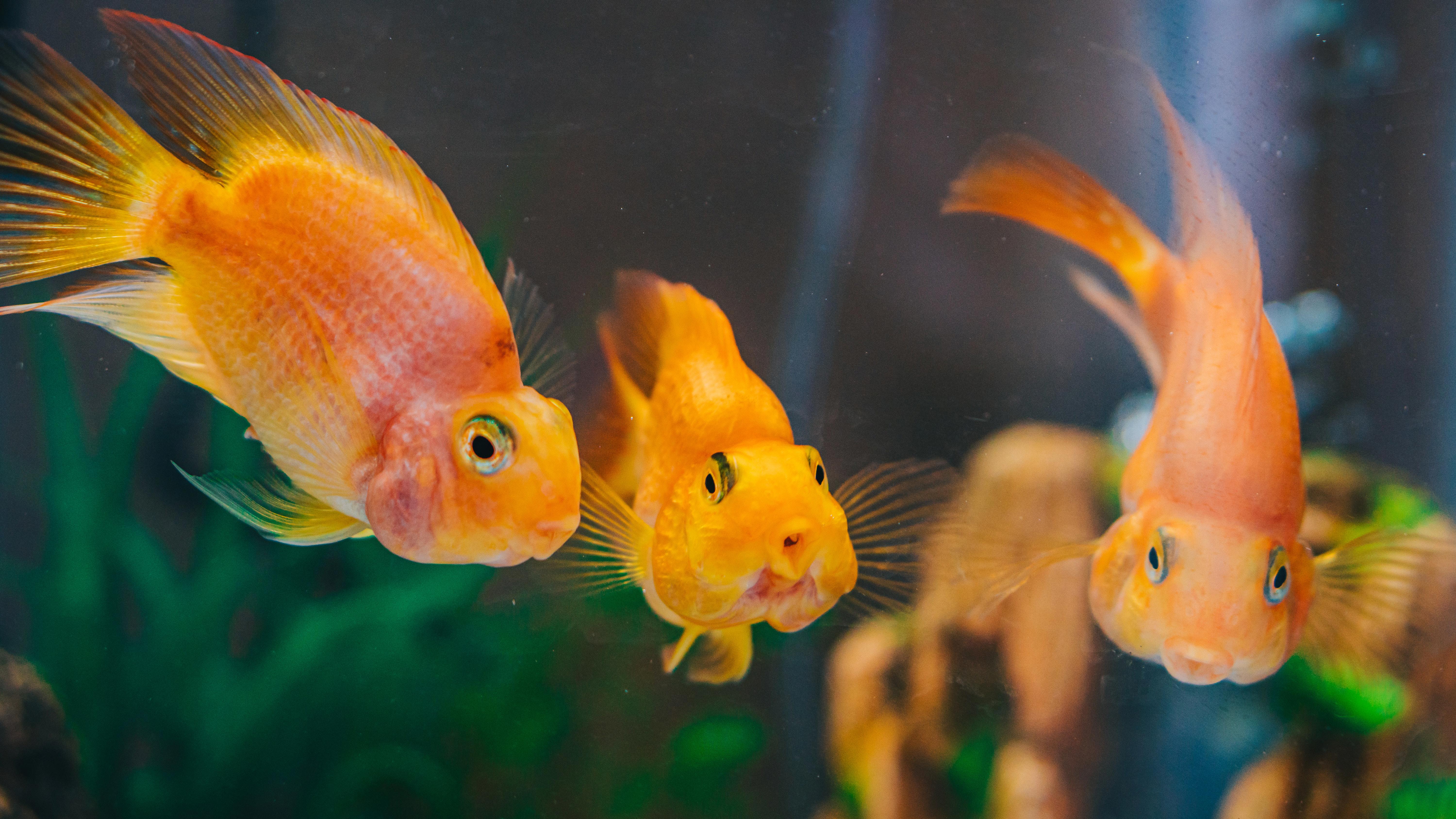
4. Monitor feeding time. Keep a timer handy and feed your fish for only a set amount of time. This will prevent you from accidentally overfeeding or leaving uneaten food in the tank.
5. Remove uneaten food promptly. If there is uneaten food in the tank, remove it as soon as possible to prevent it from decomposing and polluting the water.
6. Consider using a feeding station. This is a device that attaches to the side of the tank and holds the food for your fish. It can help reduce waste and keep the food in one area.
7. Feed your fish before cleaning the tank. This will prevent you from accidentally vacuuming up uneaten food during the cleaning process.
By using these techniques, you can minimize food waste in your tank and keep your fish healthy and happy. Remember, a little bit of food goes a long way in an aquarium, and it’s better to underfeed than to overfeed. With a little bit of effort, you can maximize feeding efficiency and reduce waste in your aquarium.
In conclusion, reducing food waste in your aquarium not only saves you money and time but also promotes a healthy environment for your aquatic pets. By following the techniques discussed in this article, you can minimize food waste, keep your tank cleaner, and ensure your fish are getting the proper nutrition they need to thrive. Remember, always feed your fish the right amount and choose high-quality food to maintain a healthy and happy aquarium. With a little effort and attention, you can enjoy a vibrant and sustainable aquatic ecosystem for years to come.


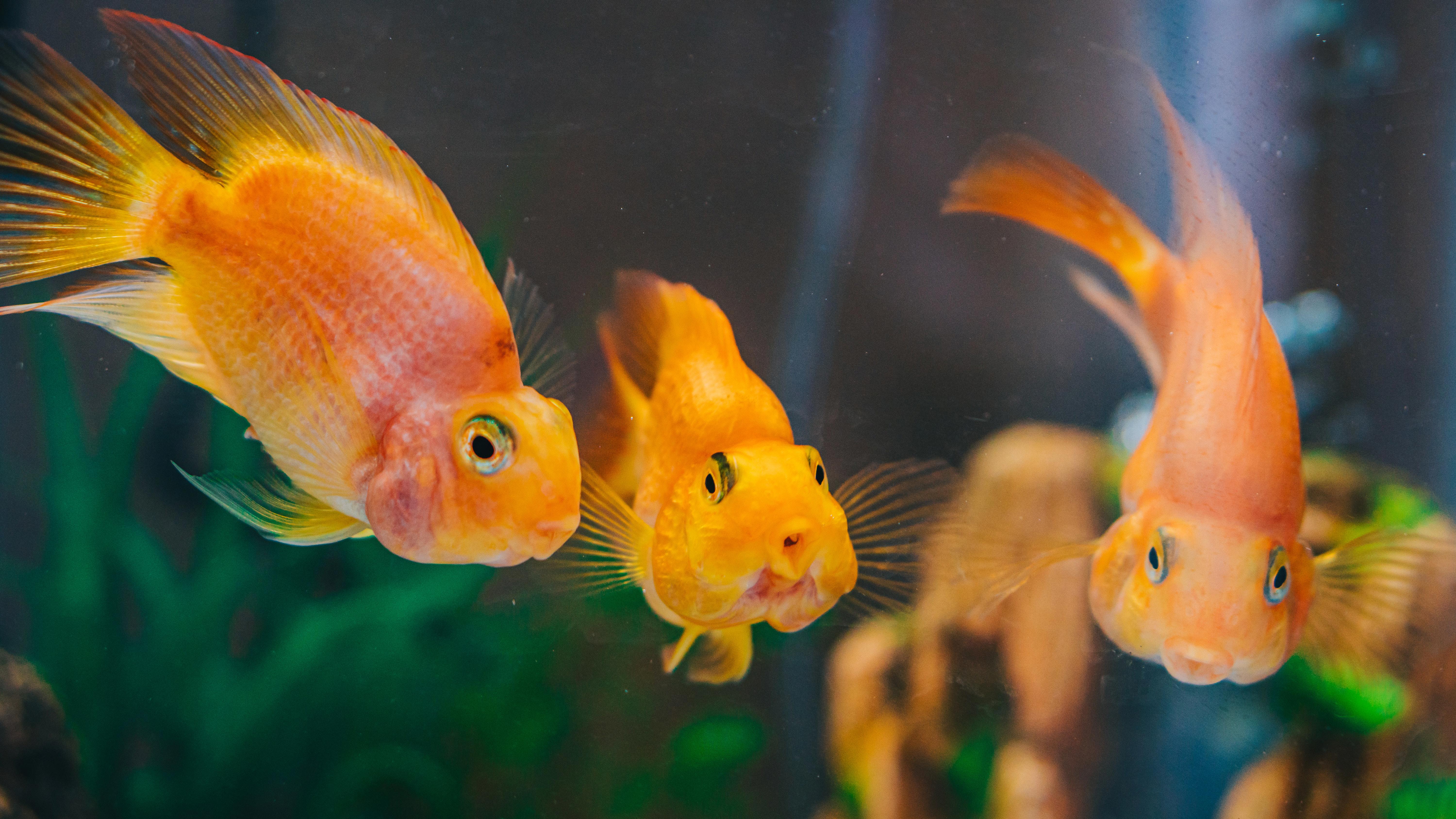
%20-%20Copy.jpg)
